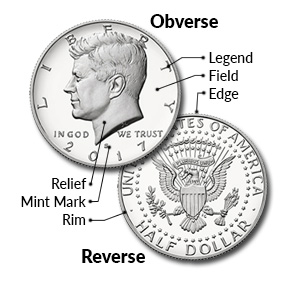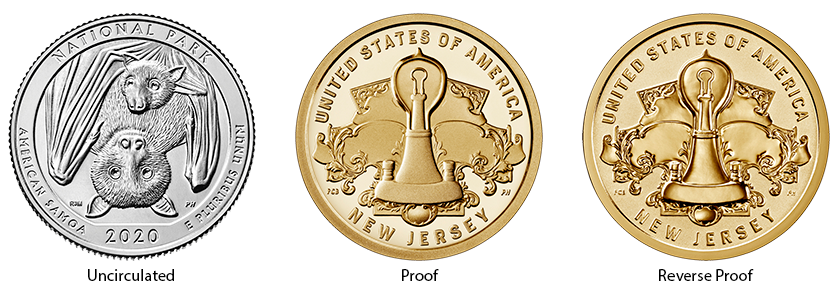
Confirm. join: Coin rim
| Coin rim | |
| Portuguese compass coin | Universal currency coin |
| Coin rim | |
| Coin rim | Coin auctions in virginia |
Anatomy of a Coin
Before you start collecting coins, it’s important to learn basic coin terminology, including the parts of a coin and the different finishes. In addition to the terms below, review more in the Coin Term Glossary.
Parts of a Coin

Obverse
The front side (“heads”) of a coin.
Reverse
The back side (“tails”) of a coin.
Edge
The outer border of a coin. Edges can be plain, reeded, lettered, or decorated.

Rim
The raised part of the edge on both sides of a coin that helps protect the coin’s design from wear.
Legend
The principal inscription or lettering on a coin.
Mint Mark
A small letter or symbol on a coin used to identify where a coin was made. Current U.S. mint marks are Philadelphia (P), Denver (D), San Francisco (S), and West Point (W). Learn more on our Mint Marks page.
Relief
The part of a coin’s design that is raised above the surface.
Field
The flat portion of a coin’s surface not used for design or inscription.
Coin Finishes
The Mint produces coins with various finishes, including circulating, uncirculated, and proof. Different production steps are used to make these coins.

Circulating Coins
Circulating coins are made to circulate among people as they take care of their daily business of buying and selling. The Mint produces these coins without the extra steps used for the other finishes.
Uncirculated Coins
The Mint makes uncirculated coins for saving and collecting. They are produced the same way as circulating coins, but with quality enhancements to create a brilliant finish.
Proof Coins
Proof coins have a mirror-like background with frosted design elements. The Mint uses a special process of manually feeding burnished coin blanks into presses with specially polished dies. Each coin is struck at least twice to bring out the details in the design.
Reverse proof coins feature a frosted background with a mirror-like design.
Enhanced Finishes
Sometimes the Mint makes special enhanced uncirculated, proof, or reverse proof coins. Frosting or polishing is applied to certain areas of the coin to bring out even more detail.
-